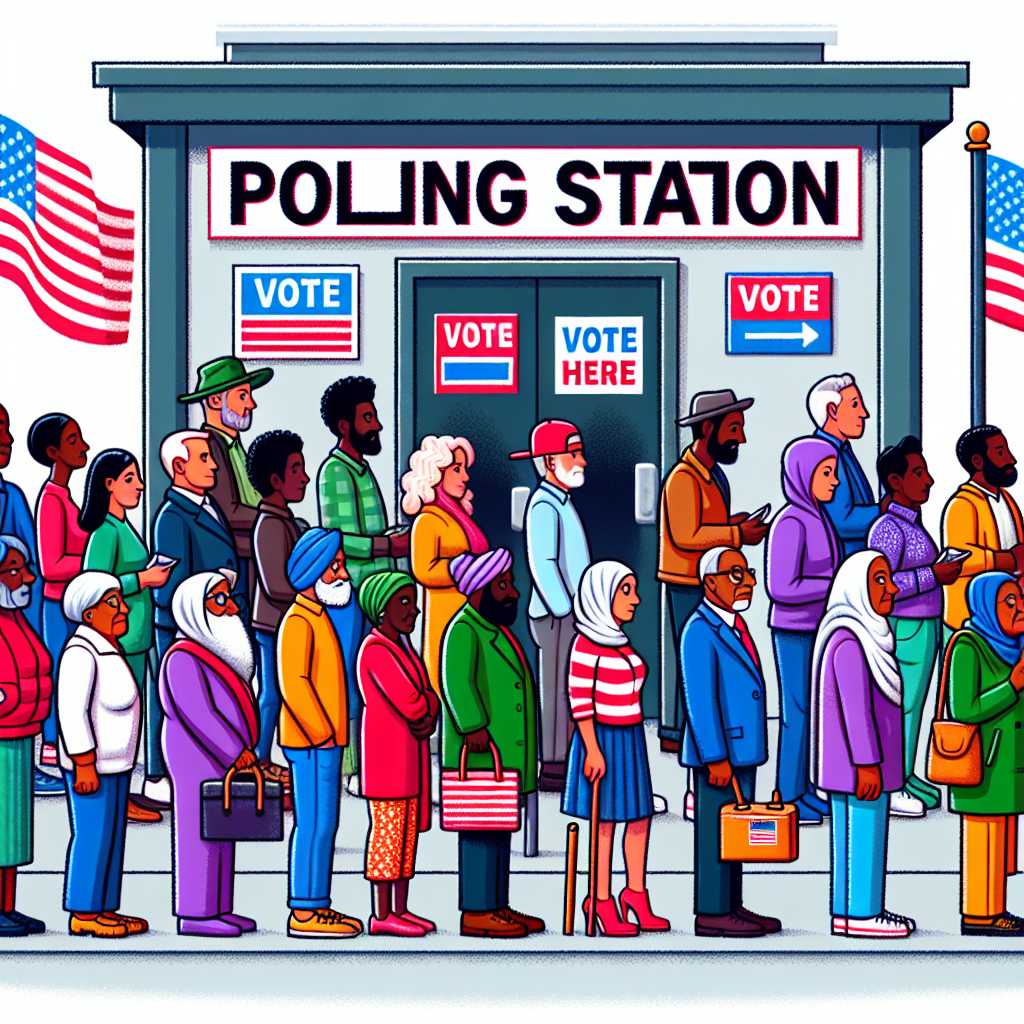# A Comprehensive Guide to Finding Your Voting Location
Ensuring that every eligible voter knows where to cast their ballot is crucial for a functioning democratic system. As election day approaches, the information on where and how to vote becomes more pertinent. This article provides an extensive overview of how voters can find their designated polling place, alternative voting locations, and the methods and tools available to assist with this process.
Understanding Voting Jurisdictions and Districts
Before knowing where to vote, understanding the organization of voting jurisdictions is essential. Voting jurisdictions are geographic areas defined by political boundaries such as states, counties, cities, and precincts within which elections are administrated. Each voter belongs to a specific district, which determines not only where they vote but also which candidates or initiatives they may vote on, based on their residential address.
How to Find Your Polling Place
The most reliable source of information for finding your polling place is your local election office. Details can be found either through their website or by contacting them directly by phone or in person. Additionally, many states offer online polling place locators that require you to enter personal details such as your name, date of birth, and residential address to view your specific voting location.
Utilizing Online Tools and Platforms
Several non-partisan organizations also provide tools and platforms for voters to find out where they can cast their ballots. For instance, websites like Vote.org offer a simple tool where you enter your address and get the location of your polling place along with information on how to get there.
Early Voting Locations
For those opting to vote before election day through early voting—the practice that allows voters to cast ballots in person during a specified period before an election—locations may differ from standard polling places. Early polling locations are often fewer in number, and voters can look these up through their local election office’s resources or via online platforms that cater to early voting specifics.
Voting by Mail
Another option that is available in many jurisdictions is voting by mail—also called absentee voting. In many cases, this requires no visit to a traditional polling station. However, there are rules and deadlines for requesting and submitting mail-in ballots that one must adhere to. Information on how to request a mail-in ballot can usually be found on your local election office website as well.
Convenience Voting Centers
Some jurisdictions have implemented Vote Centers—a more flexible option where voters from anywhere in the county are allowed to vote regardless of their specific precinct—this often reduces the confusion about where to go on election day.
Day-of Election Resources
On election day, additional resources become available:
– Many voter protection hotlines operate to help voters with the logistics of voting, including finding their polling location.
– Non-profit organizations and social media platforms sometimes offer tools and assistance for voters who need help getting to the polls.
– Election officials may provide maps or lists of all polling places in a particular area for easy reference.
Accessibility for All Voters
Accessibility at polling places is an essential component of ensuring that all voters are able to exercise their right to vote. Voters with disabilities or those who require language assistance should contact their local election offices ahead of time to understand what accommodations are available.
Special Considerations During Emergencies
In emergency situations such as during natural disasters or pandemics (like COVID-19), polling places may be temporarily moved or consolidated. Always verify your polling location close to election day if there have been recent emergencies that might have impacted voting logistics.

